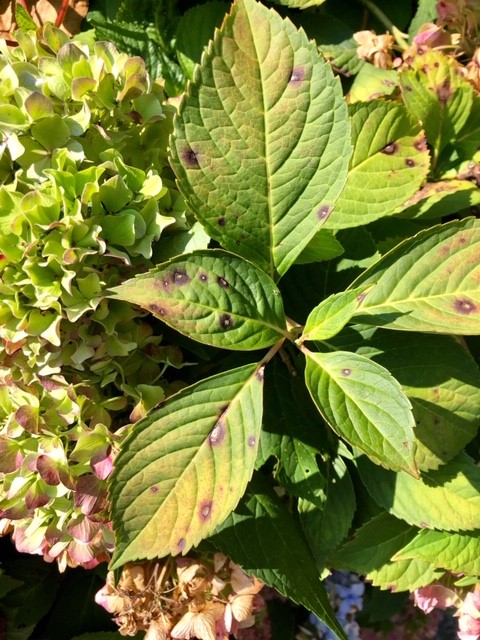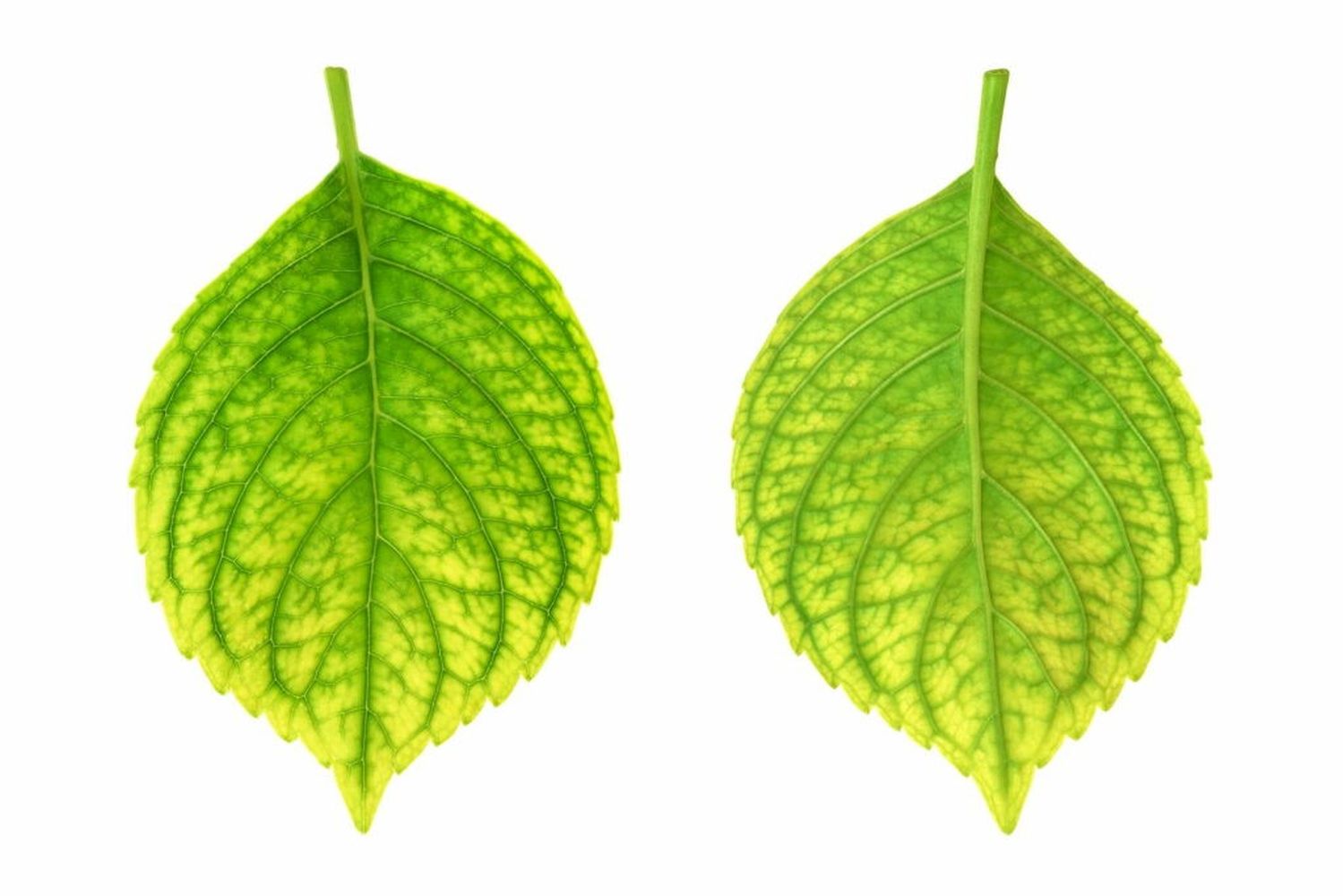Excitement About Hydrangea Leaves Turning Yellow
Hydrangea Leaves Turning Yellow Fundamentals Explained
Table of ContentsLittle Known Facts About Hydrangea Leaves Turning Yellow.The Ultimate Guide To Hydrangea Leaves Turning Yellow7 Simple Techniques For Hydrangea Leaves Turning YellowThe Hydrangea Leaves Turning Yellow DiariesHydrangea Leaves Turning Yellow Fundamentals ExplainedSome Of Hydrangea Leaves Turning Yellow
You can try to protect against fungal conditions by maintaining your yards neat and totally free of debris. These leaves that will remain, waiting to attack in the next growing season.Copper fungicides are, however if they are overused they can end up being hazardous to your plant. Clip the fallen leaves, and eliminate them from the garden.
If they aren't getting adequate water, their fallen leaves will brown. Hydrangeas have a in the noontime sunlight, and recuperating as soon as the sun has actually shifted and the plants have some time to recoup. If this happens repeatedly you may see brownish and crunchy leaves that are sagging. This is their method of allowing us know that it needs some extra dampness.

What Does Hydrangea Leaves Turning Yellow Do?
Developed plants might require to be watered one to 3 times per week, depending on your problems. It might appear appealing to spray the leaves down.
Water the base of the plant,. Once the plant has rebounded, you can return to a regular watering routine.
The container should be big sufficient so the plant can expand and obtain all of the water and nutrients it needs. Panicles enjoy the full sun.
So, despite the variety, plan in advance and ensure your plant has plenty of security from the wind. You have a couple of choices right here. You might hair transplant to a brand-new area, or you can create a wind obstacle utilizing another plant, or secure fencing. To create a wind barrier you could, or a shrub to block the wind.
How Hydrangea Leaves Turning Yellow can Save You Time, Stress, and Money.
Ornamental lawn, Rose of Sharon, or Holly bushes are just a couple of ideas of plants you could make use of to obstruct the wind. If you require to transplant, find a place in your garden that is well secured from sunlight and wind. Transplanting is ideal performed in the fall or the springtime.
Every one of the above scenarios might happen to any kind of garden enthusiast. Thankfully for all of us, hydrangeas are very resistant, and will most likely recoup very promptly with a little love and treatment. The plants place is one of the most crucial element when it involves getting established and correct growth. With a little planning on planting area and appropriate maintenance, you'll be able to guarantee your hydrangeas!.
So, if Hydrangea leaves turn yellow and diminishes later, it's normally due to overwatering, as the plant can not uptake water and drops the fallen leaves to remove transpiration. Following this, Hydrangea leaves start to sag and shrivel. Considering that both problems can develop yellow leaves, you must find the distinction in between the overwatered and underwatered plant.
However, you can rescue the plant from yellow fallen leaves Hydrangea Leaves Turning Yellow by supplying it the correct light and placement. If your plant obtains yellow fallen leaves, move it to a dark area. Place Hydrangea plants indoors near an east-facing home window. Dapple the plant with curtains or UV protection sheets to block straight heat.
The Of Hydrangea Leaves Turning Yellow
Bear in mind, Hydrangeas are only frost forgiving in fall and winter as they go dormant, and temperature changes can create yellowing fallen leaves and brownish places. If it gets also cozy, the sides of the leaves become yellow, transform brown and develop a crispy appearance. Move your potted Hydrangeas away from drafty north-facing windows in the winter season.
Hefty soil can conveniently block the oxygen supply to the roots and cut the connection with the top parts of the plant (fallen leaves). Hydrangea leaves alter their color if they locate minor hassles in the soil composition. This concern can cause the Hydrangea leaves to transform yellow, deal with leaf declines, and make a droopy plant compatible overwatering.
Yellow fallen leaves in Hydrangeas are the first indications of disease invasion, often complied with by black spots, i thought about this browning, goes down, and wilting. Separate the unhealthy or pest-infested plant from the healthy and balanced plants to avoid condition spread. If it is a garden plant, eliminate all the contaminated leaves utilizing sterilized tools and tidy up all the particles.
Reducing off aids Hydrangea shade unnecessary weight and protection, permitting the growth of brand-new fallen leaves. The best time to trim Hydrangeas is springtime when the plant prepares to sprout foliage for the next season. Evaluate for spent or unhealthy leaves and reduce the base of a stalk that signs up with the leaves and stem.
How Hydrangea Leaves Turning Yellow can Save You Time, Stress, and Money.
Prevent cutting healthy or environment-friendly fallen leaves, and do not eliminate greater than 25% of the plant's vegetation. Gather the disposed of delegates shed or compost them. The main factor behind the red leaves in Hydrangea is bad dirt or environmental problems. If Hydrangea fallen leaves have a white grainy substance on them, it implies Powdery Mildew infection.
Repot the plant yearly in spring or every 2 years if the development rate is slow (Hydrangea Leaves Turning Yellow).
There are 6 primary reasons this could occur:: The plant does not get enough sunlight.: The origins are either too damp or as well dry.: The plant is too cold.: The dirt is not acidic or alkaline sufficient for the hydrangea.: The plant find more isn't getting the appropriate nutrients it needs to stay healthy.
Each factor impacts the plant in a manner that can be fixed if we comprehend how to look after hydrangeas the best way. When we speak about inadequate light for hydrangeas, we suggest that the plant isn't getting sufficient sunlight. Hydrangeas favor bright light, yet not direct, scorching sunlight. They usually prosper best with early morning sunlight and afternoon color.
Some Ideas on Hydrangea Leaves Turning Yellow You Need To Know
Without adequate sunshine, the fallen leaves can transform yellow, the plant can become weak, and it may create less blossoms. To guarantee a hydrangea gets appropriate light, it needs to be placed in a spot where it can enjoy the morning light and be safeguarded from the intense afternoon sun. Hydrangea Leaves Turning Yellow. Overwatering is when a hydrangea plant gets more water than it needs

This issue is typical in the autumn as the climate changes or if a hydrangea is planted in a spot where it doesn't get enough warmth from the sun. It is essential to recognize the best conditions for hydrangeas to avoid low-temperature anxiety. For instance, most hydrangeas grow best in zones 6 to 9, where the environment is milder.
